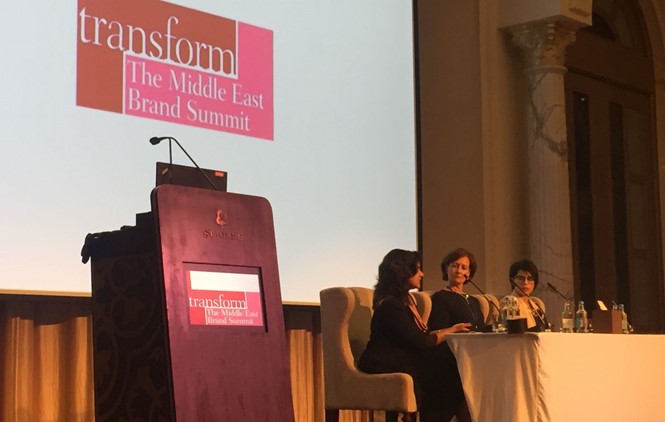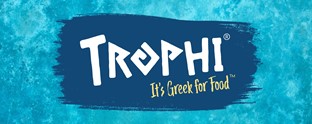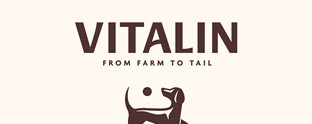MENA brands focus on localisation, differentiation at annual conference

With a stronger focus on purpose, a deeper insight into experience and a keener sense of local culture, organisations in the Middle East are achieving greater things through brand strategy than ever before.
Those achievements range from full-scale corporate brand redevelopments – like that of Aljazera supermarket – to shifts in the way experiences are developed and the impact they then have on brands – as with Al-Futtaim Toyota and brf’s user research. These case studies and more were explored in depth at the Middle East Brand Summit this month, in Dubai.
The conference began with a closer look at purposeful branding. Ganga Dhanesh, assistant dean of research and graduate studies at Zayed University, posed the questions that helped frame the rest of the day’s discussions, “What does your organisation stand for? What do you believe in?” Those queries feed directly into corporate identity, she says. Dale Potts, marketing and communications director for Atkins, followed Dhanesh, talking about the transformation the business had undergone in the way in which it talked about itself. She said, “In my sector, people talk about the what,” but Atkins started to talk about why it did what it did – in effect, to integrate purposeful branding into its communications.
Following the panel on purpose was a brand that reinvigorated itself through a newly defined positioning. Saudi supermarket chain Aljazera worked with Fitch to make its stores somewhere people wanted to spend time. The new brand story was built around the concept of a ‘house of bold flavours,’ an ethos that leant itself to colourful photography, a vivid orange logo and simplified wayfinding and packaging. The change allowed the business to better compete against global rivals operating in the kingdom. “Local brands can’t think local anymore,” said design director at Fitch, Jimmy Kmeid.
And that thought was keenly understood by those on the brand localisation panel. Speakers from healthcare company Medicus, the Make-a-Wish Foundation and Toyota’s Al-Futtaim retailer spoke about the ways in which they translated a global brand for a local audience. That process required understanding cultural preferences, language needs, political differences and the extent to which a local brand can be flexed away from the masterbrand.
Some of those challenges were echoed in the session on multi-sensory experiences in which speakers discussed the ways in which brands appeal to users through sight, sound, taste, touch and smell. One speaker, Roscoe Williamson, head of branding at Massive Music, said, “Sonic branding can be the glue that helps bind together the disparate parts of your brand experience.” Audio branding, he said, allows brands to create a consistent, unified brand that works across all touchpoints. Zeinab Stapic, consumer insight manager from food retailer brf discussed how sight impacted her brand’s chicken sales. Purveyors of raw chickens, brf found that customers were selecting chickens on shelves for superficial reasons – like colour of skin – that had nothing to do with health. Through research, the brand learned how to better communicate about chicken health and safety to inform consumer purchasing habits.
Finally, the day concluded with a discussion by brand agency JansenHarris discussing the work it carried out for Nood, a new nut butter retailer. Using branded characters, a cheeky tone of voice and colourful packaging, the new brand has helped differentiate the products from competitors, giving it a head start upon launch.
The Middle East Brand Summit was followed by the fifth annual Transform Awards MENA. The Transform Awards North America and Asia-Pacific are currently open for entries.
For more from Transform magazine, follow us on Twitter @Transformsays












